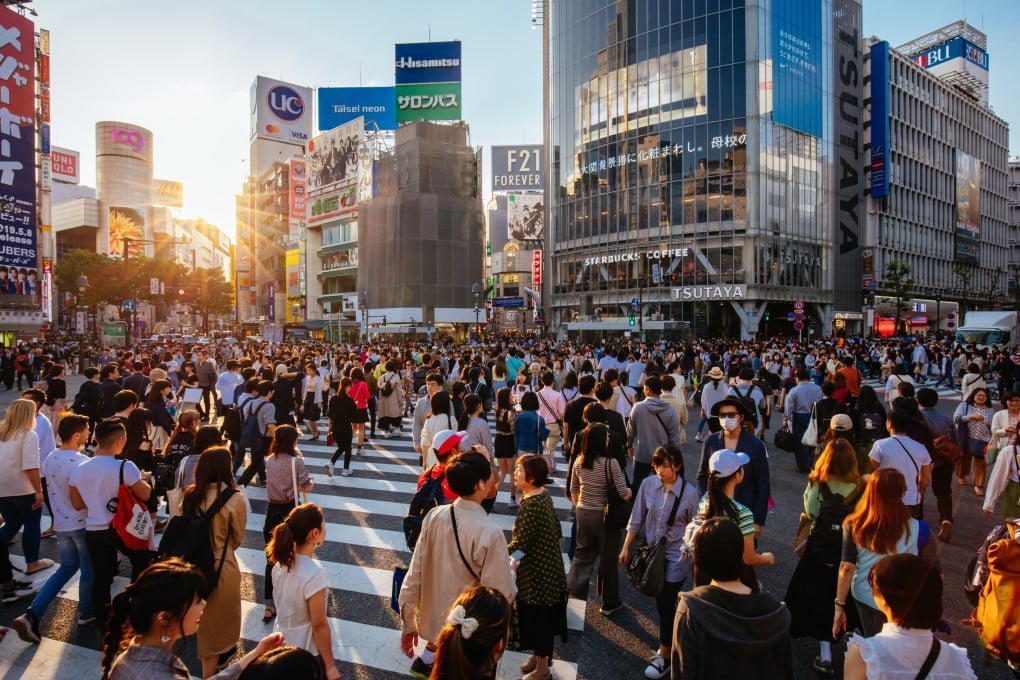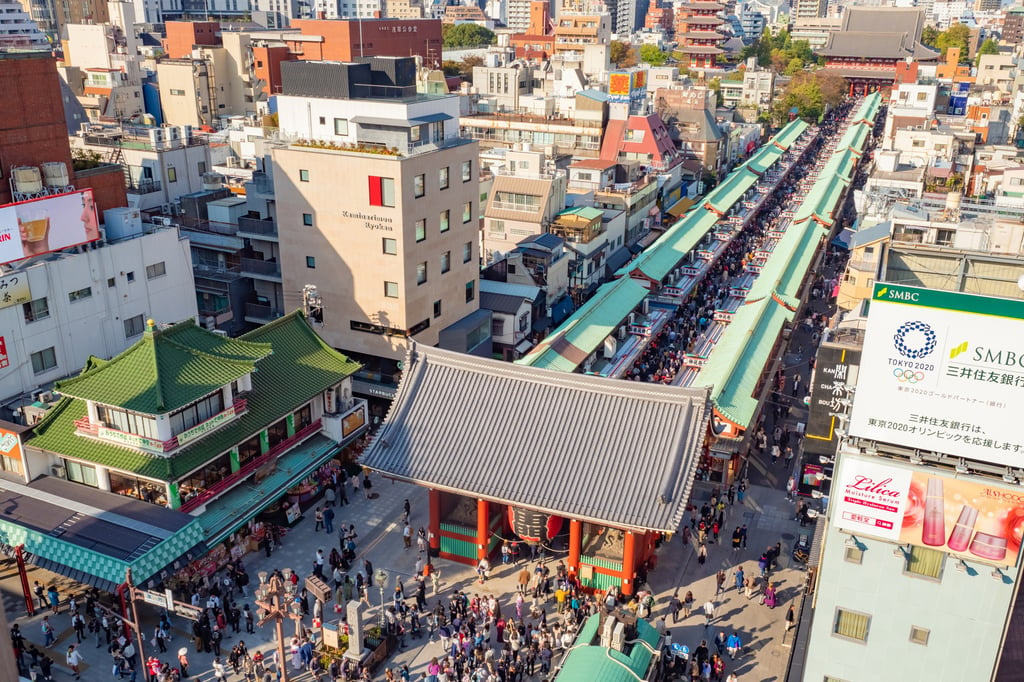Why most overseas visitors to Japan are on business trips, with the country opening up cautiously
- Japan is allowing in overseas visitors on official tour groups, but most arrivals are there on business trips and fitting in some sightseeing
- Some of these ‘bleisure’ travellers said they had no problem getting into Japan, while others complained of having to jump through too many hoops

Foreign faces can once again be spotted in the crowds at Japan’s top tourist draws, although the government’s ultra-cautious approach to reopening the nation’s borders means that most appear to be “bleisure” travellers rather than pure holidaymakers.
Japan is reopening faster to foreign nationals who wish to travel here on business, with arrivals clearly keen to use the free time between meetings to see the sights.
A weary-looking Andre Kolleth admitted that he had only arrived in the country three hours earlier but wanted to visit some of Tokyo’s top attractions before he had to put on a suit and tie for the following day’s meetings.
“It’s my first time in Japan and it would be a waste if I did not use all the free time that I have to see some of the city,” said 38-year-old Kolleth, from Munich, Germany.

“I was expecting a big city, but this is more than I anticipated,” he admitted as he took photos of the main hall of the Asakusa-jinja shrine, one of the most popular destinations for first-time visitors. “Everything is very clean and organised, and it also feels safe, although that is the image that we have of Japan, so that is not really a surprise.